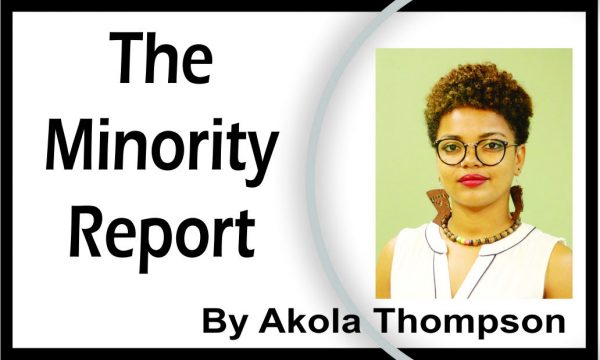
Ask a random group of people what they believe sexual assault (SA) to be and what makes a believable SA account, and you will find that many believe that SA cases must all have signs of physical injury. Additionally, the survivor must be visibly traumatized and also needs to be absolutely certain of all details of the incident. This is because people have a very strict narrative that they hold in their mind when it comes to SA reports. Realistically speaking however, only a very small percentage ever hold up to this stereotypic ideal of what “real rape” is.
Often, when we talk about victim blaming, those disregarding the accounts of survivors are branded as being persons who are inherently unsupportive of survivors or those who have conservative ideas about SA. The reality is though, that even for those who actively work in areas such as healthcare, law and gender-based violence response, the internalization of these stereotypes and cultural messages impacts the way they view and respond to SA.
These cultural messages impact the way that persons such as police officers, jurors and judges view and assess SA. Some cases that have been demonstrated in the media over the years have shown how these societal beliefs play out in these spaces. The belief that someone, particularly young girls are “asking for it” when it comes to SA is so high that there have been several cases where jurors have found perpetrators innocent of SA despite clear evidence that they had perpetrated the assault. It was believed that the young girl was a willing participant and as such, the perpetrator should not be held accountable.
There are many stereotypes surrounding SA, but amongst them are things such as, perpetrators are primarily strangers, and that only a certain type of person can be a perpetrator or victim of SA. This has contributed towards the still very well held belief that those who are known to us, such as family members, close friends and respected community leaders cannot be perpetrators of SA. This is so due to the perceptions about perpetrators that exist when it comes to believability. Someone who is well known and respected in the community or those who are well polished and give off a law abiding air about them, are rarely looked at as abusers, but anyone can, and do perpetrate acts of violence against those they perceive to be weaker than they are.
There is also the belief that if someone does not report a case of SA right away then they might be lying about it. Rarely however do persons report SA right after it happens. Many only come forward with their accounts after days, weeks and even years and a lot of this has to do with the victim blaming narratives that surround those who come out with their experiences of abuse. Biases surrounding the survivor also have a role to play in whether they are believed or not. Those who come from poor backgrounds, experience homelessness, abuse substances, or have mental or physical impairments are much less likely to have their accounts be believed than someone who might be gainfully employed and is perceived to be stable and healthy.
Persons regardless of their gender, sexuality, health, dis/ability, social and economic status can be survivors of SA, and discounting their stories based on preconceived notions of what it should look like, only does the perpetrator good. One of the key messages to keep in mind when it comes to cases of SA is that the perfect victim does not exist.





